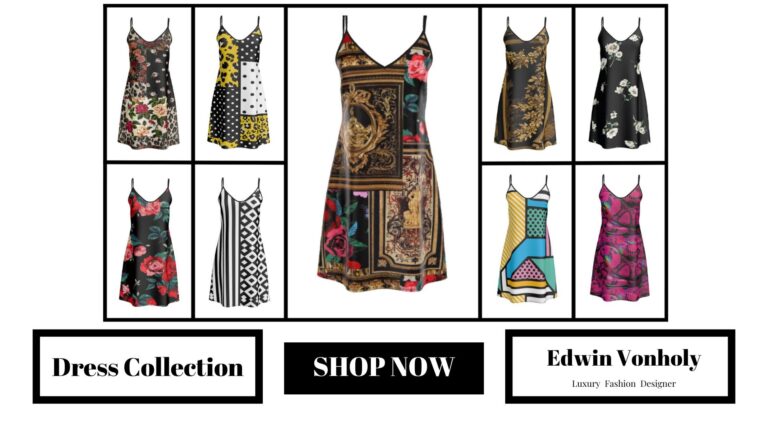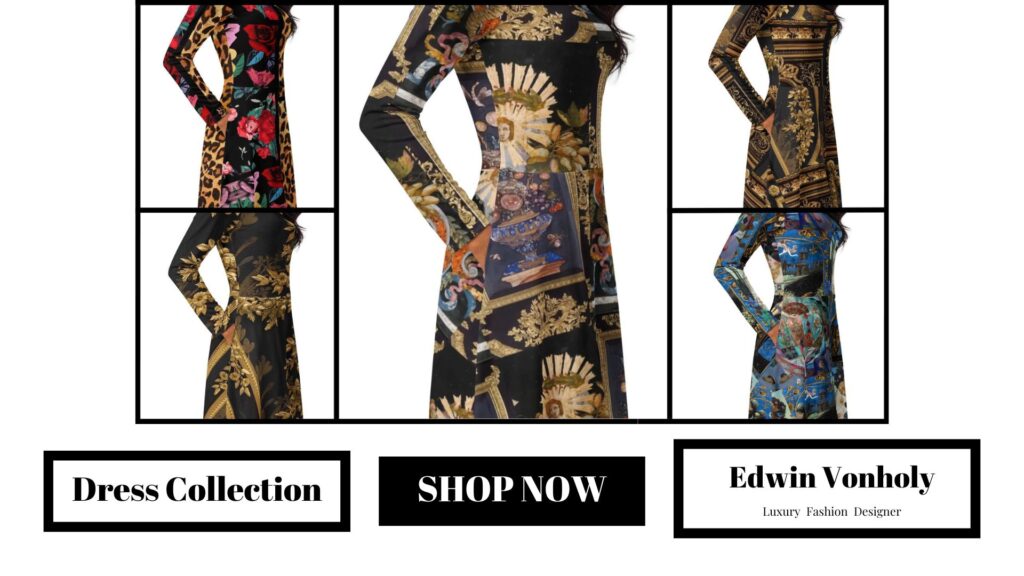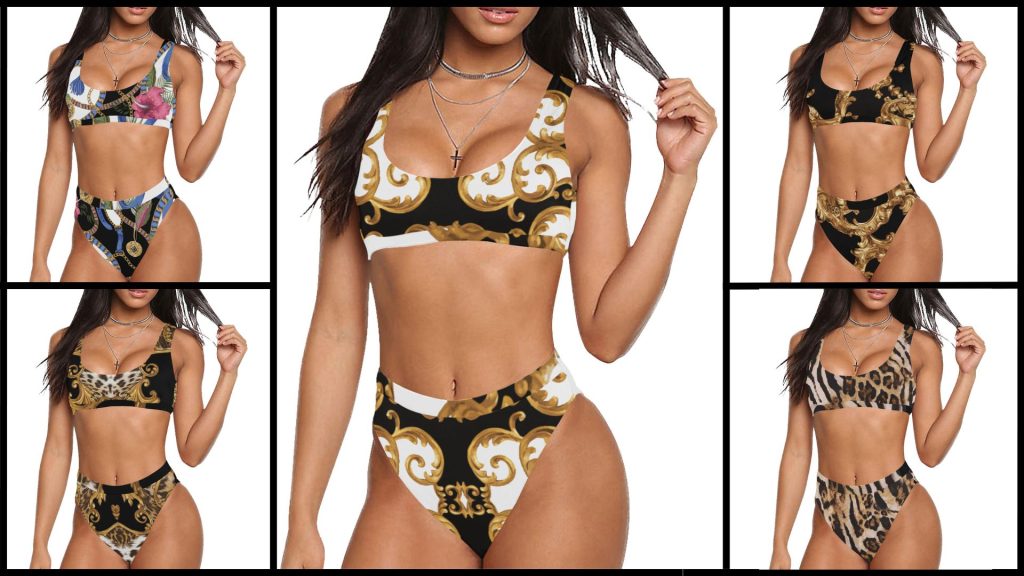The History of Petticoats: From Underwear to Fashion Statement
Petticoats, once a simple undergarment designed for practical purposes, have evolved into an iconic fashion statement. Throughout history, this garment has gone through numerous transformations, moving from a functional piece of clothing to a key component in creating voluminous, statement-making looks. In this article, we will explore the fascinating history of petticoats, how they evolved over time, and how they came to be viewed as a fashion statement.
1. The Early Beginnings: The Birth of the Petticoat
The origins of the petticoat can be traced back to the Middle Ages, when it was primarily worn as an undergarment to provide warmth and protect outer garments from body oils and sweat. During this period, petticoats were simple, knee-length or ankle-length dresses worn beneath the main dress or gown.
Early Use and Materials:
Fabric: Petticoats were typically made from wool, linen, or cotton, materials that were widely available during the time.
Function: At first, they served purely practical purposes, providing an additional layer of protection and warmth under heavy clothing.
Although they were not seen as a fashion statement in these early times, petticoats did serve to add a layer of modesty and privacy to women’s attire, as most women during this period wore voluminous outer gowns.
2. The 16th and 17th Centuries: The Rise of Structure and Volume
As fashion evolved during the Renaissance and Baroque periods, petticoats began to take on a new function—adding volume and structure to the wearer’s silhouette. Women began to wear more elaborate gowns that required additional undergarments to give shape to the dress, and the petticoat became an essential component.
The Birth of Hoops:
Hoop Petticoats: In the 16th century, the introduction of hoop skirts marked a turning point in the history of the petticoat. The petticoat began to incorporate hoops or crinoline—a material made from horsehair and cotton or steel—to create a more voluminous look.
Fashionable Volume: This dramatic increase in volume was fashionable, particularly in royal courts, where women sought to embody grandeur and opulence.
Petticoats became a symbol of high status and wealth, especially when worn with court gowns, which were often adorned with lace, embroidery, and jewels. Women’s skirts grew wider, sometimes reaching over 10 feet in circumference, and petticoats were used to achieve this dramatic effect.
3. The 18th Century: The Rococo Influence
In the 18th century, the Rococo period brought a greater emphasis on luxury, excess, and intricate details, which influenced fashion in the Western world. The role of the petticoat as a fashion accessory reached new heights during this time.
The Role of the Petticoat:
Brocade and Silk Petticoats: Women of the elite class began wearing lavish silk and brocade petticoats, often embroidered with intricate floral patterns or adorned with lace.
Stiffened Petticoats: Petticoats were heavily starched to maintain a stiff, structured appearance under dresses. These undergarments were essential for creating the “hourglass” silhouette, which was in vogue during this time.
The Rococo period saw petticoats used as both a functional and decorative piece of clothing, helping to accentuate the curves and shape of the body. Women could wear multiple petticoats at once for added volume, while the outer dress featured elaborate decoration and embellishments.
4. The 19th Century: The Crinoline Era
The 19th century marked the height of the petticoat’s influence on fashion, particularly with the introduction of the crinoline, which became widely popular in the mid-1800s.
The Crinoline Revolution:
Crinoline Petticoats: Crinolines, made from horsehair and cotton, became the cornerstone of fashionable dress for women. These were stiff, circular skirts worn underneath the outer dress to add extreme volume to the skirt.
Massive Volume: Crinolines reached their peak in the 1850s and 1860s, with some women’s skirts reaching up to 6 feet wide. These skirts were worn to create an exaggerated, voluminous shape and a larger-than-life silhouette.
The crinoline was a significant shift from the more modest, subtle volume of earlier petticoats. The crinoline was both practical and fashionable, as it helped to support the weight of layered dresses and enabled the wearer to achieve a dramatic, feminine silhouette.
5. The Early 20th Century: The Decline of Excess Volume
As the 20th century dawned, fashion shifted toward more streamlined, modern silhouettes. The extravagant volume created by crinolines began to fade, and by the 1920s, women’s clothing had taken on a more fitted, loose, and functional shape. This shift marked a decline in the prominence of petticoats, particularly for everyday wear.
Petticoats in the 1920s and Beyond:
Flapper Dresses: During the Roaring Twenties, the flapper dress became the iconic style for women, characterized by loose, straight lines and a lack of volume. Petticoats were no longer essential for creating dramatic silhouettes and were instead used in a more subtle manner to add lightness or shape to skirts.
Modern Petticoats: As the century progressed, petticoats evolved into a more utilitarian garment. They were often made from lighter, softer materials, such as cotton or nylon, and were used less for volume and more for modesty and comfort.
6. The Revival: Petticoats as a Fashion Statement in the 21st Century
In the 21st century, petticoats have made a comeback as a key component in creating modern, fashionable looks. Though they are no longer required for the dramatic, voluminous silhouettes of the past, petticoats are still a staple in many formal and bridal styles.
Modern Uses of Petticoats:
Bridal Wear: Petticoats are still an integral part of wedding gowns, particularly ballgowns and dresses that require volume and structure. Brides often wear crinoline petticoats underneath their dresses to achieve a fuller, more flattering silhouette.
Vintage-Inspired Fashion: The petticoat has also experienced a resurgence in vintage-inspired fashion, with retro dresses and skirts often featuring petticoats to achieve that classic 1950s fullness.
Today, petticoats are seen as both functional and fashionable. They can be worn for a variety of occasions, from weddings to formal events, and they remain an essential garment for creating the perfect look.
7. Conclusion: The Timeless Appeal of the Petticoat
From its humble beginnings as a practical undergarment to its evolution into a fashion statement, the petticoat has come a long way. It has played a key role in shaping the silhouettes of women’s fashion, and its influence can still be seen in modern-day dress designs. Whether it’s creating volume under a wedding gown or adding a touch of vintage glamour, the petticoat has firmly secured its place in the fashion world. Its enduring appeal proves that a garment designed for function can, over time, become a timeless icon of style.






